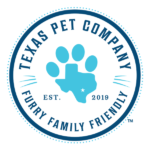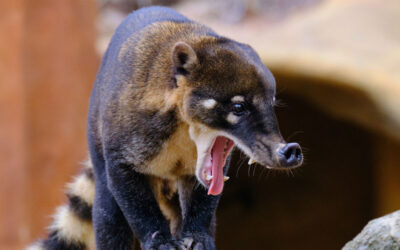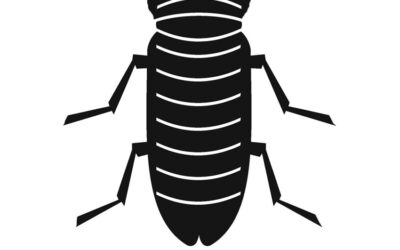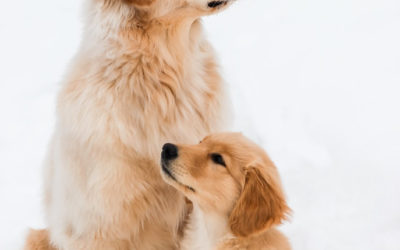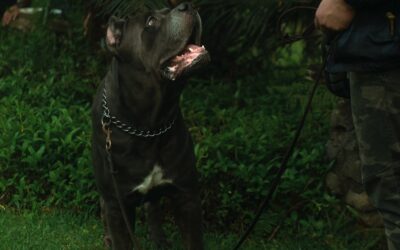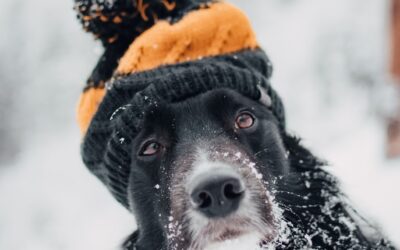Vitamin B1, also known as thiamine, is beneficial to dogs and it is essential to their diet as it helps stimulate and maintain healthy growth.
BLOG
Texas PetFeatured Post...
Popular Posts...
33 Dog Parks In San Antonio With Free Admission
A list of dog parks in San Antonio where you can take your fur baby with no admission fees. Mapped by areas of town.
Coatimundis: Top 10 Questions About The Coatimundi Answered
Coatimundis, also known as coati, are omnivorous mammals native to South and Central America. There are four recognized species: the white-nosed coati, the South American coati, the eastern mountain coati, and the western mountain coati. Coatimundis are known for their long noses and ringed tails, and they are typically found in tropical rainforests. They are social animals and can often be found in large groups. Coatimundis have a lifespan of 7-10 years in the wild, and up to 20 years in captivity. They are not currently considered endangered, but they do face some threats such as habitat loss, hunting, and disease. The word “coatimundi” is derived from the Tupi-Guarani language and means “one who digs with the nose.”
Springtails Snow Fleas: Top 5 Questions About The Snow Flea Answered
Springtails are small, wingless insect that is commonly found in cold climates, on the surface of snow. It is a type of springtail insect that feeds on algae, fungi, and other organic matter. Snow fleas do not bite humans or pets and are not considered to be a significant pest. To control their population, reduce excess moisture in the area, apply pest control products, keep the area clean, and encourage natural predators. Snow fleas are called snow fleas because they are often found on snow and can jump great distances. They are not actually fleas, but rather a type of springtail.
Dog Supplements – Does Your Dog Really Need Them?
There are benefits to adding dog supplements. Glucosamine can be a great supplement in your dog’s diet. Glucosamine has been proven to improve joint health and ward off arthritis in your pet.
How To Deworm Your Dog Or Puppy
Q. What is the best natural dewormer for dogs? ANSWER So you found out your dog has worms! Don't...
Cane Corso Dogs 101: Unleash Your Joy And Discover the Majestic Cane Corso
Cane Corso are a powerful and loyal dog breed known for their imposing size, gentle nature towards their families, and protective instincts. Consider finding a reputable breeder or rescue organization if you want to add one to your family.
Springtails (aka Snow Fleas): How To Get Rid Of Them
Step-by-step guide on how to get rid of Springtails, also known as Collembola or snow fleas. Cedar oil has been found to be an effective natural insecticide
The Chihuahua – A Faithful Companion
Chihuahuas are the smallest breed of dog in the world, and they are known for their big personalities.
Dog Allergy Symptoms: Does Your Dog Have an Allergy?
Dog allergy symptoms often tend to be similar, irrespective of the cause of the allergy,...
Coatimundis: Top 10 Questions About The Coatimundi Answered
Coatimundis, also known as coati, are omnivorous mammals native to South and Central America. There are four recognized species: the white-nosed coati, the South American coati, the eastern mountain coati, and the western mountain coati. Coatimundis are known for their long noses and ringed tails, and they are typically found in tropical rainforests. They are social animals and can often be found in large groups. Coatimundis have a lifespan of 7-10 years in the wild, and up to 20 years in captivity. They are not currently considered endangered, but they do face some threats such as habitat loss, hunting, and disease. The word “coatimundi” is derived from the Tupi-Guarani language and means “one who digs with the nose.”
Springtails Snow Fleas: Top 5 Questions About The Snow Flea Answered
Springtails are small, wingless insect that is commonly found in cold climates, on the surface of snow. It is a type of springtail insect that feeds on algae, fungi, and other organic matter. Snow fleas do not bite humans or pets and are not considered to be a significant pest. To control their population, reduce excess moisture in the area, apply pest control products, keep the area clean, and encourage natural predators. Snow fleas are called snow fleas because they are often found on snow and can jump great distances. They are not actually fleas, but rather a type of springtail.
Post Feed...
Summer Scratching – Is It a Flea Allergy?
August is here and summer is in full swing. The heat is sweltering, the cicadas are deafening and the summer storms are at their peak. For many pet owners, this is also the time when our dogs and cats can't stop scratching! Before you go changing your pet's...
Beagle Skin Health – Problems, Symptoms, and Treatments
Beagle Skin health Beagles are happy, energetic, compassionate and loving dogs and most families would love to have a beagle as a pet. And like other dog breeds, beagles also have health problems-they are predisposed to certain diseases. One of the health...
Allergies in Papillons
The papillons, also known as butterfly dogs get its distinct butterfly wing looking ears with fringed hair. They are delicate, quirky looking dogs with abundant, silky flowing coat. They do not have an undercoat and their hair is quite long. Although they are...
Tick Prevention Tips For Pug Dogs
The beginning of spring marks the time when Pug owners everywhere should be ready to protect their dogs from ticks. Known scientifically as "Rhipicephalus Sanquineus", these blood-sucking bugs can carry disease as well as cause discomfort in our Pug dogs. In...
Itching Dog Skin Driving You Nuts? Top 12 Causes and What You Can Do To Ease the Misery
Itch, itch, scratch, scratch... thump-thump-thump... I honestly don't know who whines more when our dogs have itchy skin problems, us or them! As a professional animal communicator and master healer, I am often asked to work with dogs with skin condition...
How to Keep Your Cat Free from Diseases with This Quick Guide to Cat Parasites
Parasites are organisms that survive by feeding off of other creatures. Among cats, parasites generally feed on the animal's blood. Detecting internal parasites can be difficult, but a close inspection of skin and fur is usually all that is needed to uncover...
New Puppy Thoughts, Costs and Considerations
Everyone loves a puppy. When you see a puppy isn't the temptation to bring it home a strong one? This especially true for kids because they just see the here and now; they don't think about what is going to come later. However, there are adults who fall into...
Can My Pet Make Me Sick?
Can having a pet make my children or me sick? The answer to that question is "yes" and "no." There is always the possibility and there are also ways to prevent problems. The best way to make certain, germs and/or bacteria is not passed around is to practice...
Electronic Flea Collars – Do They Really Work
Electronic Flea collars may be the newest weapon in the war on dog fleas. Dogs have been mans companion for thousands of years. Dogs serve mankind in ways that cannot be duplicated by technology. Unfortunately the parasites that our dogs carry have plagued...
How to Prevent and Treat Fleas
Fleas will drive you insane. And they drive our doggies insane as well. It can seem like they run your life but there is hope - fleas CAN be controlled. Flea control breaks down into two categories - Prevention and Treatment. If you are not in a bad way with...
Follow Texas Pet Company...
Featured Products
-
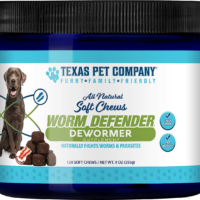
Worm Defender All Natural Dog Dewormer Soft Chews
$28.99 -
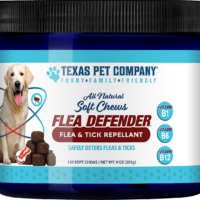
Flea Defender All Natural Flea & Tick Repellent Soft Chew Treats for Dogs
$36.99 -
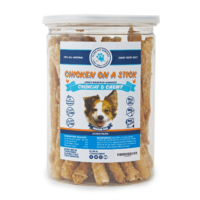
Chicken On A Stick Jerky Wrapped Rawhide Dog Treats – Medium
$43.99 -
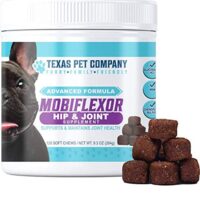
Mobiflexor Advanced Formula Hip & Joint Supplements for Dogs Soft Chew Treats
$29.99 -
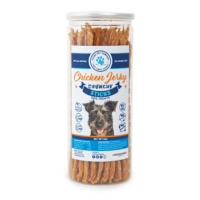
Chicken Jerky Crunchy Sticks Dog Treats
$35.99 -

Free Kisses Dog Bandana
$7.99
